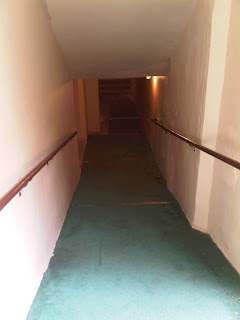This is where Universal Design for Learning (UDL) comes in, and teachers and administrators should always consider UDL principles in the design of educational environments.
Broadly, UDL calls for:
- Multiple means of representation, to give learners various ways of acquiring information and knowledge,
- Multiple means of action and expression, to provide learners alternatives for demonstrating what they know,
- Multiple means of engagement, to tap into learners' interests, offer appropriate challenges, and increase motivation.
As a higher education administrator, I am impressed by how much UDL covers in understanding what one must consider when designing educational environments. It requires flexible goals, methods, materials, and assessments that accommodate learner differences. It is important to consider individual student barriers and create lesson plans that allow each student to participate in the learning experience free from any roadblocks. Educational lessons/plans that accommodate individual student needs must be anticipated and created prior to and not after the learning experience. Hopefully, as a result, students are then afforded various types of opportunities and learning experiences that can increase self-confidence and enhance the quality of education for everyone.



